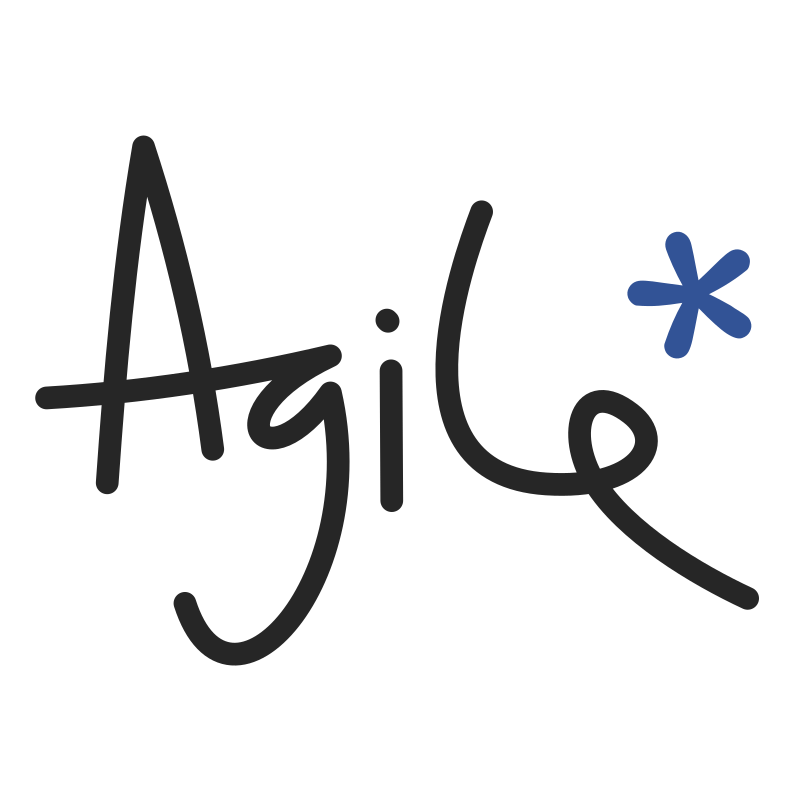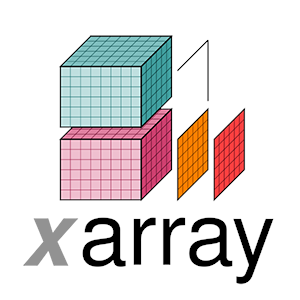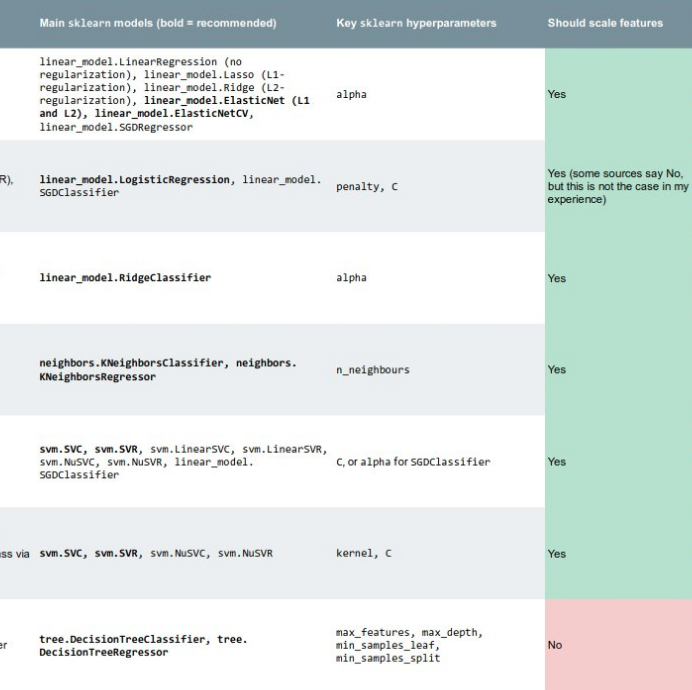Why I don't flout copyright
/Lots of people download movies illegally. Or spoof their IP addresses to get access to sports fixtures. Or use random images they found on the web in publications and presentations (I've even seen these with the watermark of the copyright owner on them!). Or download PDFs for people who aren't entitled to access (#icanhazpdf). Or use sketchy Russian paywall-crumbling hacks. It's kind of how the world works these days. And I realize that some of these things don't even sound illegal.
This might surprise some people, because I go on so much about sharing content, open geoscience, and so on. But I am an annoying stickler for copyright rules. I want people to be able to re-use any content they like, without breaking the law. And if people don't want to share their stuff, then I don't want to share it.
Maybe I'm just getting old and cranky, but FWIW here are my reasons:
- I'm a content producer. I would like to set some boundaries to how my stuff is shared. In my case, the boundaries amount to nothing more than attribution, which is only fair. But still, it's my call, and I think that's reasonable, at least until the material is, say, 5 years old. But some people don't understand that open is good, that shareable content is better than closed content, that this is the way the world wants it. And that leads to my second reason:
- I don't want to share closed stuff as if it was open. If someone doesn't openly license their stuff, they don't deserve the signal boost — they told the world to keep their stuff secret. Why would I give them the social and ethical benefits of open access while they enjoy the financial benefits of closed content? This monetary benefit comes from a different segment of the audience, obviously. At least half the people who download a movie illegally would not, I submit, have bought the movie at a fair price.
So make a stand for open content! Don't share stuff that the creator didn't give you permission to share. They don't deserve your gain filter.



























 Except where noted, this content is licensed
Except where noted, this content is licensed